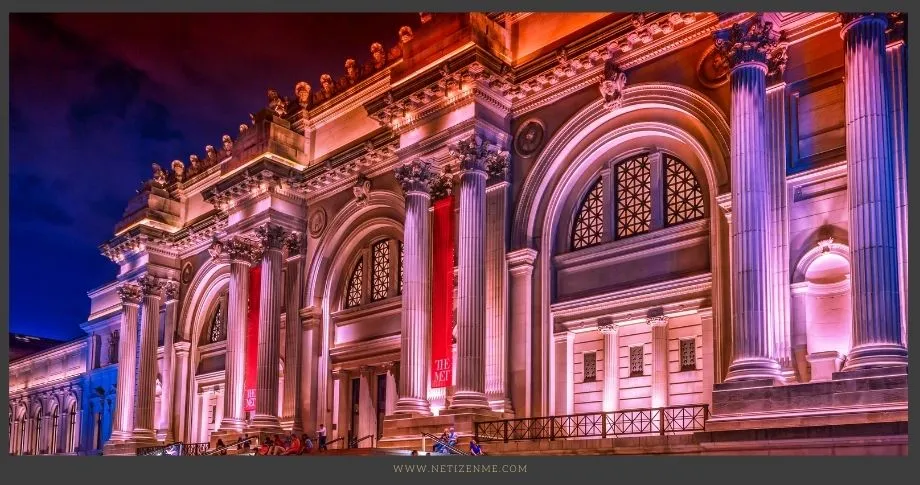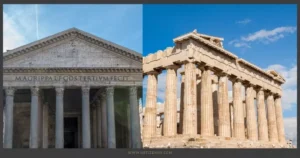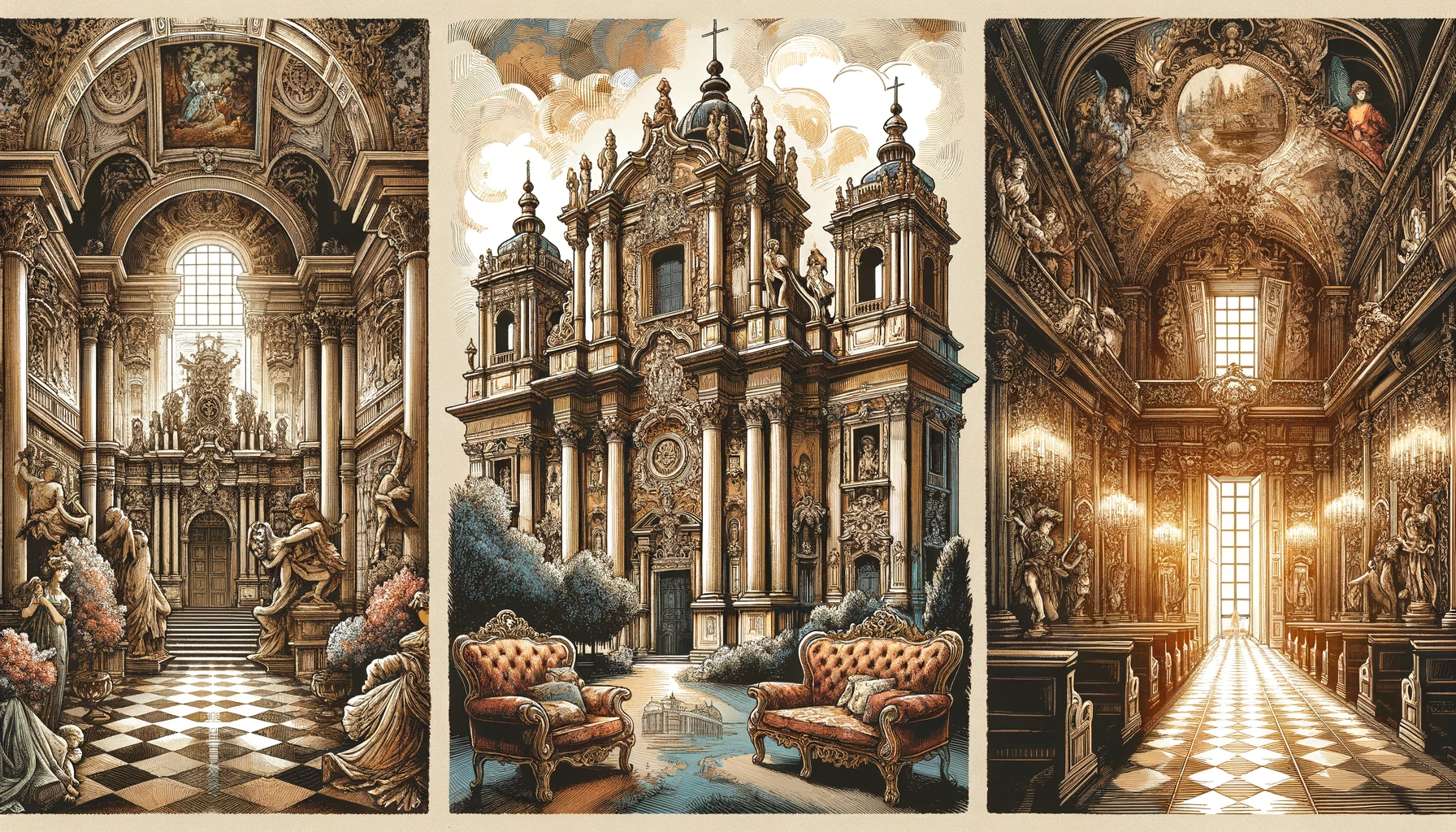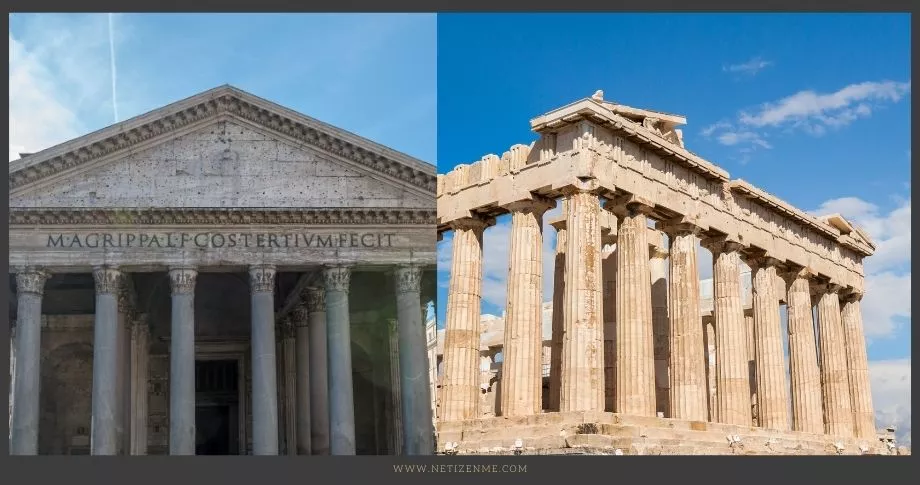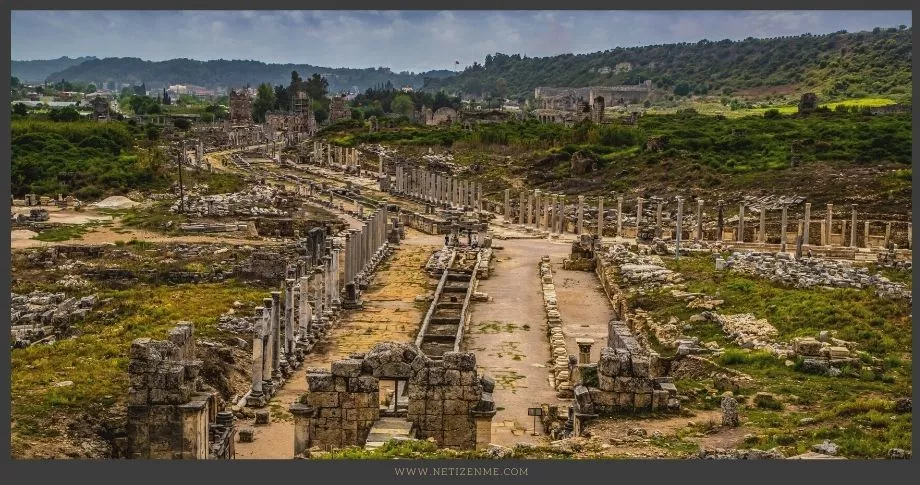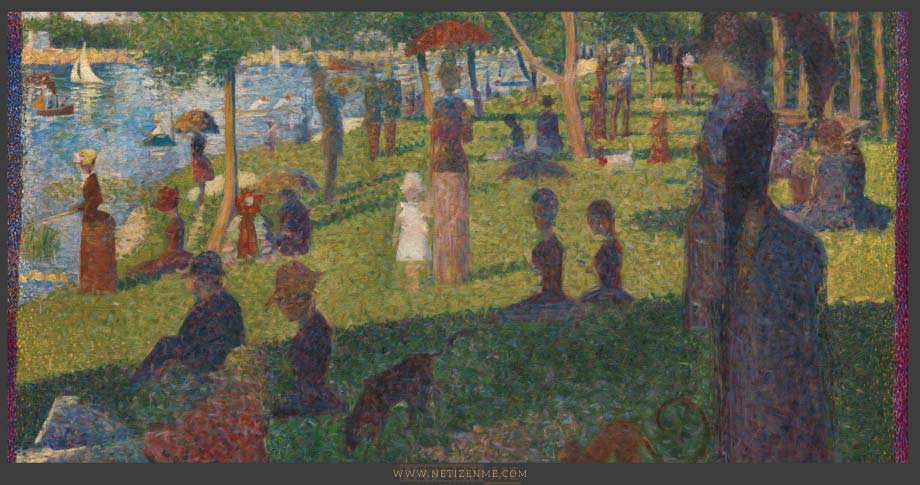During the Renaissance, a work of art deemed worthy of recognition was already invariably endorsed by the French Royal Academy. Today that has ceased to be. An appropriate question would be, “Who calls the shots now”?
Authorities and institutions which set artistic styles and tastes in art today
Quite candidly, that’s going to be a tough nut to crack. Even if we were able to find the right answers, we would be raising another question simultaneously – “how relevant is that opinion anyway”? However, let’s start getting some answers.
One easy way to adjudge art’s relevance today would be the price tag. This isn’t a unanimous decision, but it is one position to take. How about the collectors? In the nineties, Charles Saatchi just had to take a second glance at a piece, and that was it – blown.
As we advance, one realizes there’s a lot to consider. There are teachers, dealers, critics, the media, the public, and artists. There’s also that question of how historically relevant art is or how pleasing it is to the eye. But then, beauty is always a touchy subject in art. After all, beauty, they say, lies in the eyes of the beholder.
Patrons of Art in the Renaissance Period
A new set of emerging heroes for art validation
Now, here’s something interesting. In the past century, art validation has had a new set of emerging heroes. They are the ones that decide what goes into the art galleries and what doesn’t – the curators. British art would be an excellent case study for this. It’s even more exciting when one discovers that these big-shot British curators are women, and there’s a whole list of them.
Rosemary Harris was the first-ever curator of NatWest’s huge collection of 1,500 mainly post-war British artworks. Her display of some 50 choices caused quite a stir at the Lothbury’s gallery show in 1997.
The then curator of the British Council’s Window Gallery in Prague, Andre Cooke, commissioned and gave the first showing of Gillian Wearing’s love-hate video (Sasha and Mum) that bagged the ‘97 Turner prize (04) alongside her posed police officers. Other curators worthy of mention include Esther Windsor, Peta Levi, Gill Hedley, Bridget Brown, and Janice Blackburn.
Perhaps all we need is a validation of a convincing number of the right people in these authorities for standards.
Who Set Artistic Styles and Tastes in Art Today?
Artistic styles and tastes in contemporary art are often influenced and set by a combination of factors, including:
- Artists: Innovative artists and creators often lead the way in shaping new artistic styles and pushing boundaries in art. Their unique perspectives and creativity drive artistic trends.
- Art Institutions: Museums, galleries, and art institutions play a significant role in influencing art by showcasing and promoting certain artists and styles through exhibitions and acquisitions.
- Critics and Art Critics: Art critics and art historians contribute to the discourse around art, analyzing and evaluating works, and their opinions can sway public and institutional perceptions of what is valuable or significant in art.
- Collectors: Art collectors, incredibly influential and high-profile, can impact artistic tastes by supporting specific artists and styles through their acquisitions and public displays of their collections.
- Social and Cultural Movements: Wider societal and cultural movements, including political and social issues, can inspire or shape the content and style of art. Artists often respond to the world around them, and their work can reflect these influences.
- Technology: Advancements in technology, such as digital art tools and the internet, have opened up new possibilities for artists and changed how art is created, distributed, and consumed.
- Globalization: The interconnected world of art today means that influences can come from all corners of the globe. Artists from different cultures and regions influence and enrich each other’s work.
- Market Forces: The art market, including art dealers and auction houses, can have a substantial impact on what is considered valuable and collectible in the art world.
It’s important to note that art is highly subjective, and what is considered “influential” or “tasteful” can vary widely from person to person. Additionally, many artists and movements draw inspiration from historical art styles and trends, which adds to the complexity of contemporary artistic influences.
References used to write this article: Who Set Artistic Styles and Tastes in Art Today?
- Encyclopedia Britannica. 2020. Academy Of Art Retrieved 15 October 2020
- The Influence Of Charles Saatchi And His Gallery On British Art|Widewalls Retrieved 15 October 2020
- The Independent . 2020. Art: The Taste Dictators Retrieved 15 October 2020 from
- Tate. 2020. Turner Prize 1997 Artists: Gillian Wearing| Tate. Retrieved 15 October 2020
- Baroque Style Throughout Europe

- The Architecture of the Pantheon: A Reflection of Roman Culture

- Why is Hector of Troy One of the Greatest Heroes?

This article is written by:
Our professional writers and editors are passionate about sharing high-quality information and insights with our audience. We conduct diligent research, maintain fact-checking protocols, and prioritize accuracy and integrity to the best of our capacity.
You can cite our articles under the author name "Netizenme"
